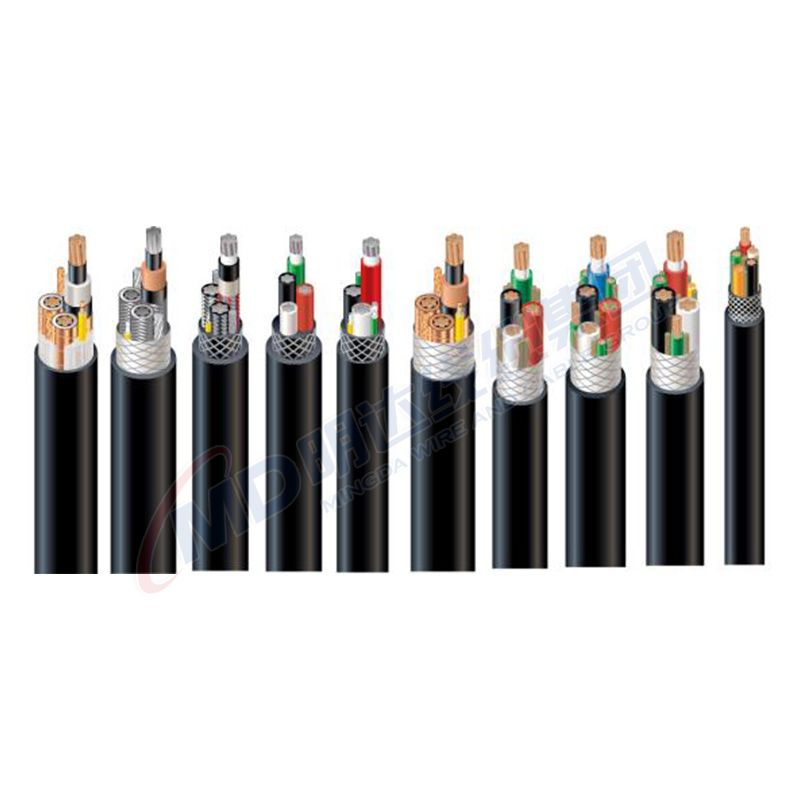12 月 . 03, 2024 17:52 Back to list
silent wafer check valve
The Silent Wafer Check Valve A Key Component in Modern Piping Systems
In the realm of fluid dynamics, valves play a crucial role in regulating flow and ensuring system efficiency. Among these, the silent wafer check valve has emerged as a preferred choice for various applications due to its unique design and functionality. This article explores the characteristics, advantages, applications, and maintenance of silent wafer check valves, emphasizing their importance in modern piping systems.
Overview of Silent Wafer Check Valves
A silent wafer check valve is a one-way valve that allows fluid to flow in one direction while preventing backflow. Unlike traditional check valves, which may produce noise during operation due to rapid closure or the impact of the valve disc, silent wafer check valves operate quietly. This is primarily achieved through their unique design that often incorporates a spring-loaded mechanism that facilitates smoother and quieter movement of the valve disc.
The construction of a silent wafer check valve typically consists of a disc, a body, and a sealing mechanism. The body is often made from materials such as cast iron, stainless steel, or plastic, depending on the application's requirements, while the disc is designed to ensure a tight seal when closed.
Advantages of Silent Wafer Check Valves
1. Noise Reduction As the name suggests, silent wafer check valves are known for their quiet operation. This reduction in noise is especially valuable in environments where loud sounds could be disruptive, such as hospitals, schools, and residential areas.
2. Compact Design These valves are designed to fit within a wafer-like profile, making them significantly slimmer than traditional check valves. This compactness allows for easier installation in tight spaces, contributing to overall efficiency in piping layouts.
3. Increased Efficiency The streamlined flow path of silent wafer check valves minimizes turbulence, enhancing fluid flow efficiency. This feature is particularly important in applications requiring high flow rates with minimal energy loss.
4. Durability and Reliability Made from robust materials, silent wafer check valves are designed to withstand a variety of harsh conditions, including high pressure and corrosive fluids. This resilience ensures a long service life and reduced maintenance costs.
5. Ease of Installation These valves can be easily installed between flanges in a piping system, simplifying the setup process. Their lightweight design also makes handling easier compared to heavier valve types.
silent wafer check valve

Applications of Silent Wafer Check Valves
Silent wafer check valves find applications in a wide range of industries, including but not limited to
- Water Supply and Treatment Ensuring unidirectional flow in water distribution systems, preventing backflow that can compromise water quality. - HVAC Systems Regulating flow in heating and cooling systems, ensuring efficiency while maintaining quiet operation. - Industrial Applications Used in various manufacturing processes where fluid control is essential, such as in chemical processing, food and beverage production, and pharmaceutical manufacturing. - Fire Protection Systems These valves help in managing flow within fire suppression systems, maintaining pressure while preventing backflow into the water supply lines.
Maintenance and Troubleshooting
Although silent wafer check valves are designed for durability, regular maintenance is essential to ensure their longevity and proper functionality. Here are some basic maintenance tips
1. Regular Inspection Periodically check the valve for signs of wear or damage. Look for leaks or any unusual noises that could indicate a malfunction.
2. Cleaning Ensure that the valve and surrounding piping are kept free of debris that could obstruct flow or damage the valve.
3. Testing Conduct flow tests periodically to ensure the valve is functioning correctly and that there is no backflow.
4. Professional Evaluation If the valve shows signs of malfunction or if performance declines, consult with a professional for evaluation and potential replacement.
Conclusion
The silent wafer check valve represents an advancement in valve technology, offering significant benefits in terms of noise reduction, space efficiency, and enhanced flow management. Its versatility allows it to be effectively utilized across various industries, making it an indispensable component in modern piping systems. By understanding its advantages and maintaining it properly, users can ensure the reliability and efficiency of their fluid handling systems for years to come.
Share
-
Understanding the Differences Between Wafer Type Butterfly Valve and Lugged Butterfly ValveNewsOct.25,2024
-
The Efficiency of Wafer Type Butterfly Valve and Lugged Butterfly ValveNewsOct.25,2024
-
The Ultimate Guide to Industrial Swing Check Valve: Performance, Installation, and MaintenanceNewsOct.25,2024
-
Superior Performance with Industrial Swing Check Valve: The Essential Valve for Any SystemNewsOct.25,2024
-
Industrial Swing Check Valve: The Ideal Solution for Flow ControlNewsOct.25,2024
-
You Need to Know About Industrial Swing Check Valve: Functionality, Scope, and PerformanceNewsOct.25,2024